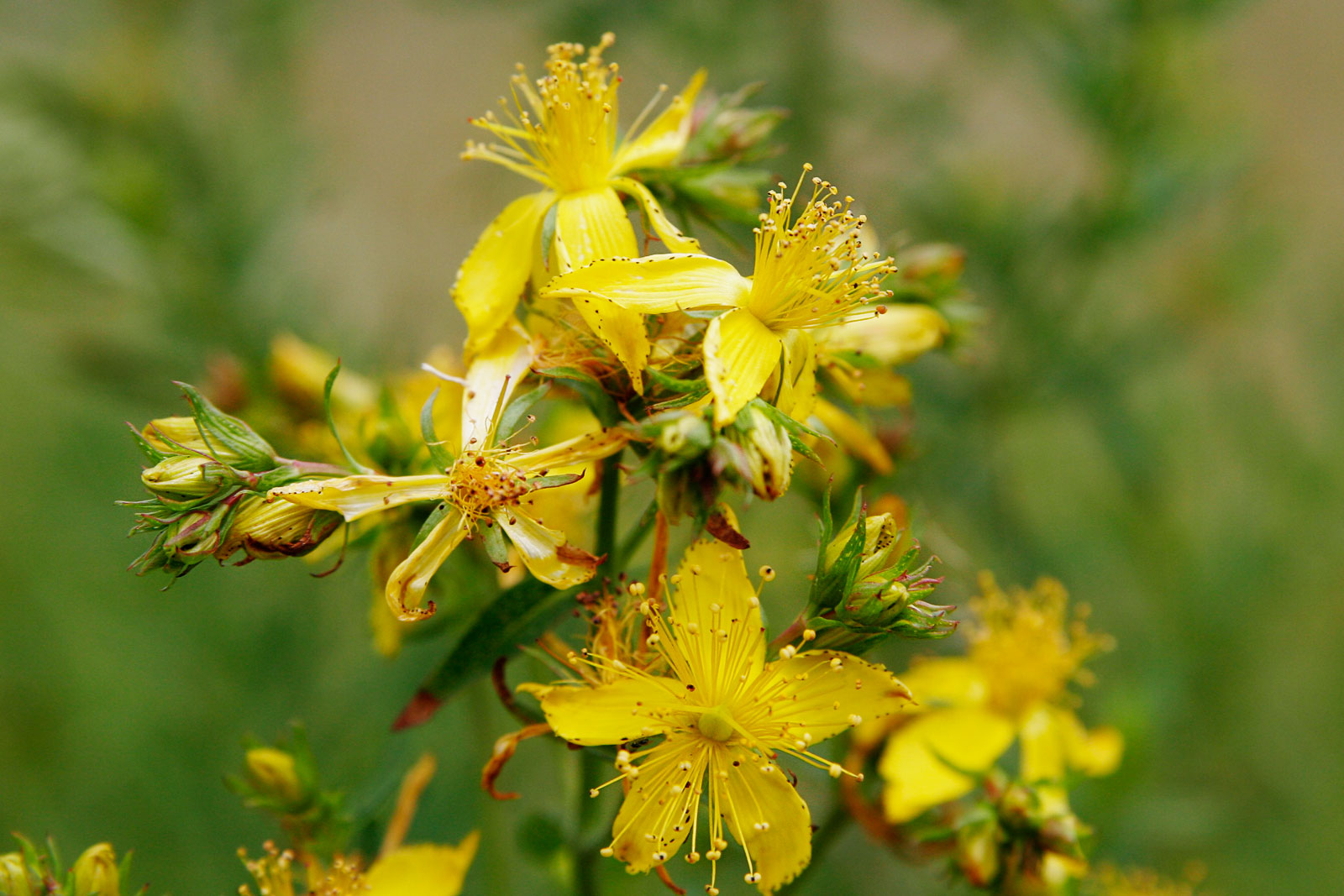
Crocodiles were associated with Sobek, a god responsible for pharaonic power, fertility, and military prowess, but served additionally as a protective deity with apotropaic qualities, invoked particularly for protection against the dangers presented by the Nile river.
My current writing project is an academic book about Byzantine attitudes towards sexuality in the 4th–14th centuries. I found that the early Egyptian monks, as well as the later Byzantine monastic charters, insisted that there should be no female animals kept on monastic farms as the monks would be tempted to use them in untoward ways. This fear seemed exaggerated to me, so I did some checking to see how real the likelihood of bestiality was.
It turns out that bestiality was not only common in rural areas but was a part of pagan worship and folk magic. Egyptian gods were always depicted in animal form or as human-animal hybrids and Greco-Roman mythology described gods and goddesses assuming animal form to seduce humans. In northern Europe, heroes and royal families claimed to be descended from animal ancestors who bestowed their strength, cunning, and other abilities on the clan. Sex with certain animals was reported to heal certain diseases.
One example of the healing powers unleashed by acts of bestiality struck me in particular. In ancient Egypt, the god Sobek was depicted in alligator form and was said to have helped Isis collect the body parts of her son Horus and raise him from the dead as well as impregnating Isis and giving her into the protection of a “bask” or group of crocodiles. Because of this, sex with a crocodile was said to heal certain life-threatening diseases and the Egyptians developed a way of catching and then flipping a crocodile onto its back and restraining it so that it could not resist penetration. Clearly this form of bestiality was a large group activity and not something engaged in by a man ashamed and alone in the dark, though it is hard to imagine how terrible the disease must have been to drive people to resort to this as a cure!

